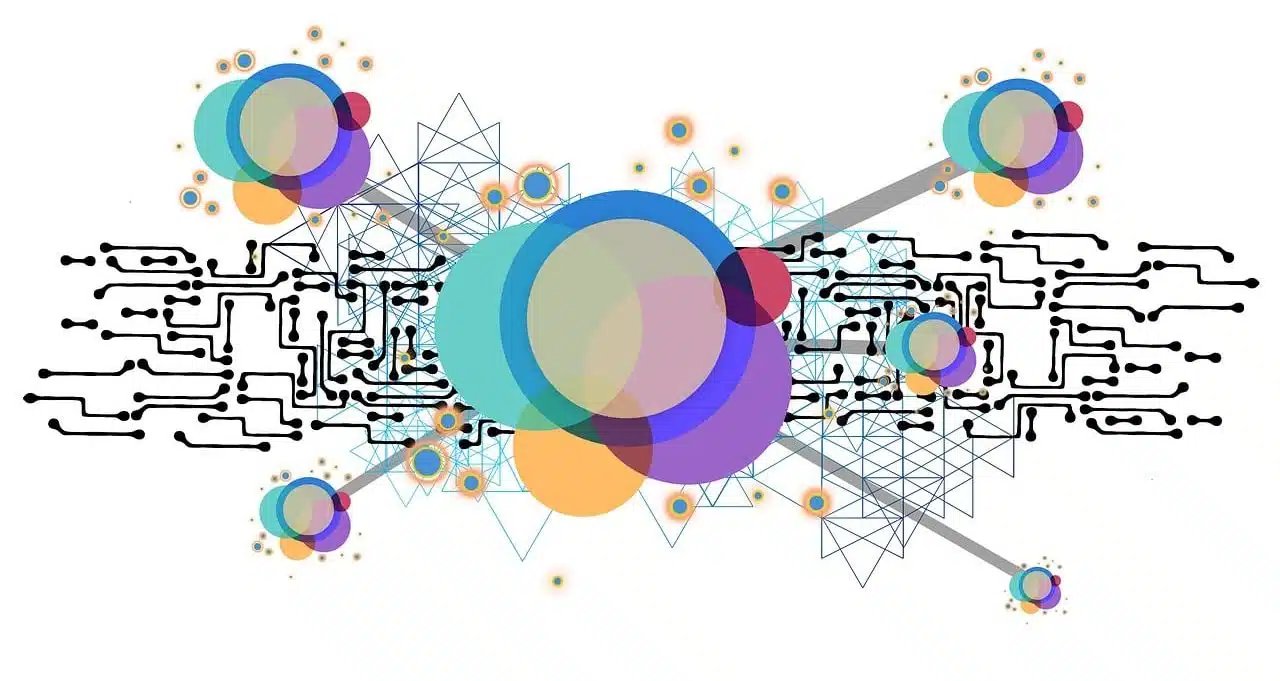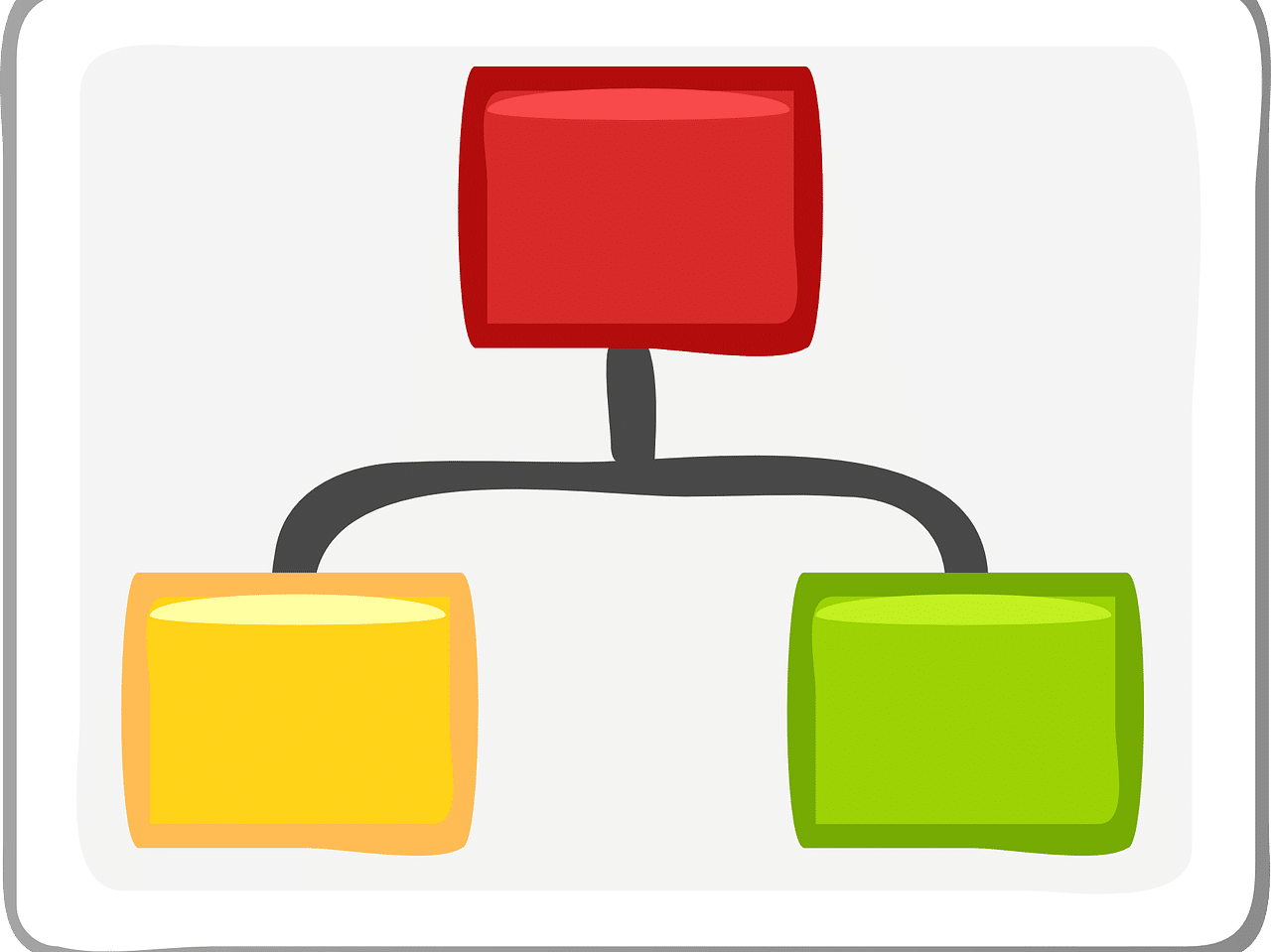
A synoptic table helps to classify the data.
A synoptic table is a presentation in graphic format that, through various signs, simplifies the visualization of certain information. Before entering fully into clarifying the meaning of the concept, it is necessary, first of all, to discover the etymological origin of the two words that give it shape:
- Picture comes from Latin, exactly from quadrum , which is synonymous with “square” and which derives, in turn, from quattuor , which refers to a “picture” .
- Synoptic , on the other hand, has its origins in Greek. It is the result of the sum of the following elements: the prefix syn- , which means “with” ; the noun opsis , which can be translated as “eye” ; and the suffix -tico , which is used as a synonym for “relative to” .
The concept of a frame has multiple uses. On this occasion we are interested in its meaning as the graph that details the relationships between various data. Synoptic , for its part, is that linked to the synopsis : the summarized narrative of a matter or the graphic representation that shows elements linked to each other.
What is a synoptic table
Synoptic tables, therefore, combine words, phrases and signs to structure the data logically and make it easier to read and memorize. In this way they contribute to assimilate content and acquire knowledge.
With a synoptic table it is possible to contrast different theories or thoughts. Thanks to its graphic layout, the differences and similarities between concepts are clearly expressed through arrows, keys, brackets, boxes and other tools.
An example
Suppose a child must learn the countries of South America with their respective capitals. To study the information, you decide to make a synoptic table.
In the left sector of a sheet, write SOUTH AMERICA and then, from that term, begin to draw an arrow by country: ARGENTINA , BOLIVIA , BRAZIL , CHILE , etc. Then draw new arrows, this time one for each nation, to mention their capitals: link ARGENTINA with BUENOS AIRES , BOLIVIA with SUCRE , BRAZIL with BRASILIA , CHILE with SANTIAGO and so on, until completing the entire synoptic table. .

The synoptic table can be considered as a graphic summary of content.
Synoptic tables in education
Especially in the educational field, the use of synoptic tables is encouraged so that students can better learn different subjects. Specifically, it is considered that these elements will allow them to enjoy advantages such as the following:
- They help to memorize and assimilate ideas and concepts thanks to the fact that they establish comparisons between them.
- They become a very useful tool for students who have a great visual memory.
- They allow you to create very clear analyzes of a specific topic or issue.
- They also give the opportunity to perform quick mental reviews.
As for their disadvantages, we cannot ignore that some students may find it difficult to study them through their relationships and comparisons; Specifically, they will have a hard time memorizing them.
Its development
The development of a synoptic table involves the organization of the information that you want to study and understand. It is essential, after reading a text, to take study notes and proceed to prepare a summary .
Once this is done, creating a synoptic table involves capturing the main ideas and secondary ideas in the diagram. For this it is necessary to reread and analyze the notes , so that the contents can be categorized .
In this framework, the hierarchization of concepts is important to facilitate learning. The central notions must appear highlighted and show some type of preponderance over the others.

Synoptic tables are teaching resources that promote visual learning.
Study tools similar to the synoptic table
It should be noted that there are several study tools similar to the synoptic table. These are resources that contribute to the visualization of data and, therefore, are useful for understanding the information.
A concept map , for example, is a graphic that exposes the links between the concepts of a particular topic. Thanks to their ramifications, these relationships can be clearly seen.
A mental map , meanwhile, makes it possible to represent ideas around a keyword. This notion is located in the center and from it other associated terms are registered.
Another resource to consider is infographics . In this case, its preparation is not so simple, which is why it is not usually carried out by students. What an infographic does is appeal to figuration to explain or summarize the data.
Unlike other diagrams, infographics are characterized by graphic quality. That is why it is generally developed by a designer who is able to create drawings or illustrations with high visual impact .
Infographics are common in the media. A journalistic note about the final of a soccer championship, to mention one case, can include an infographic with the most relevant data of each team (the results achieved throughout the tournament, the soccer players who played the most games, the scorers, etc.).
